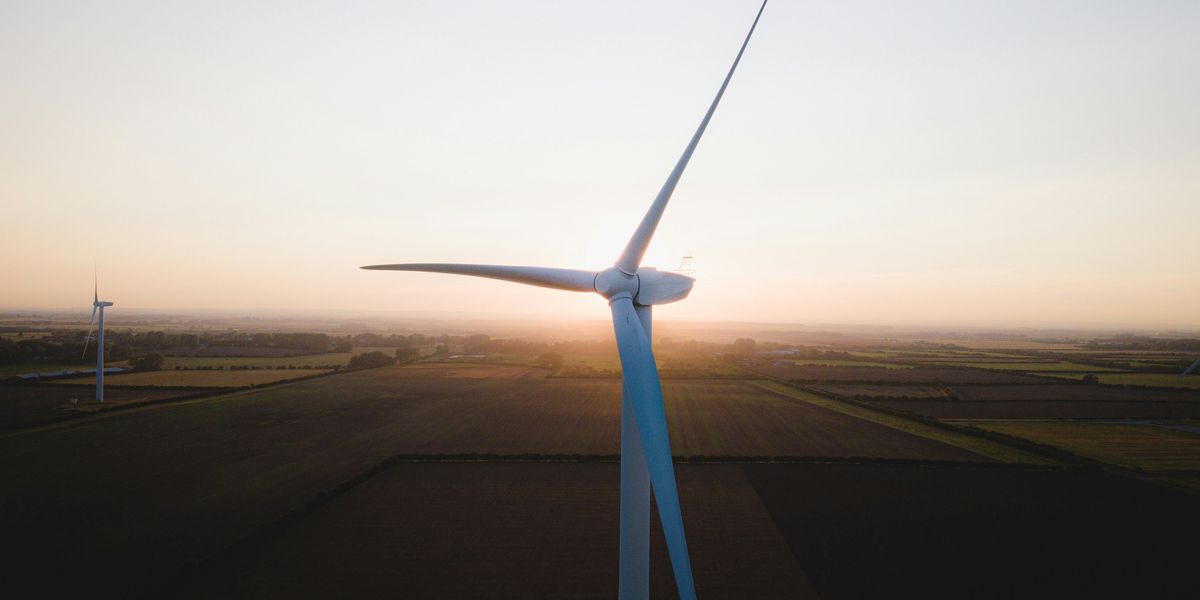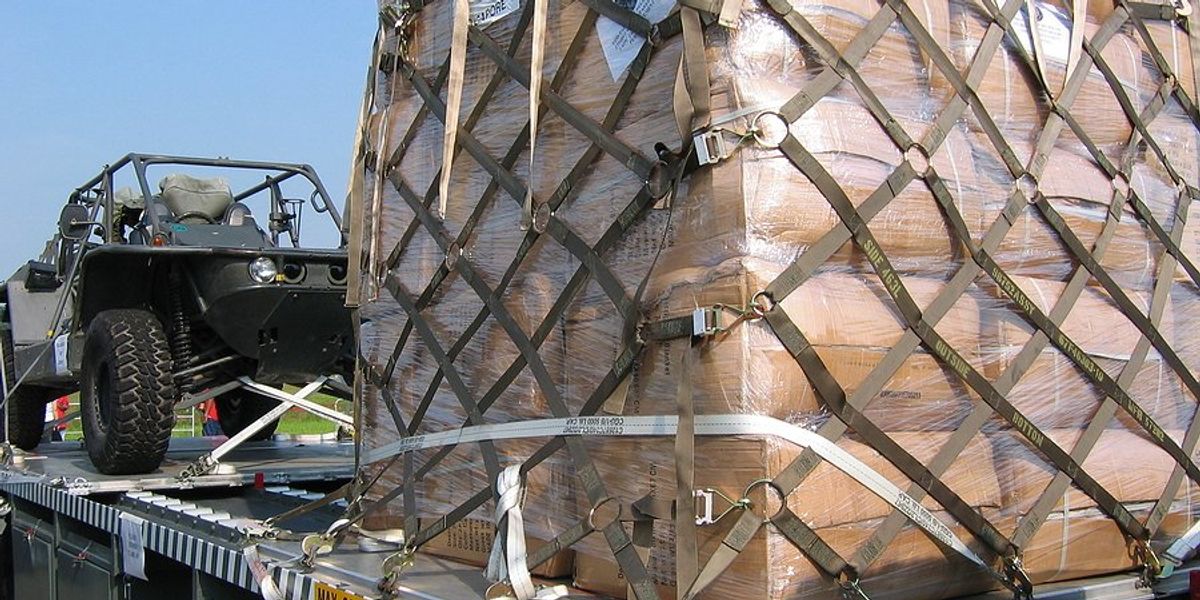urban farming
Urban farming's climate impact may be overstated, says study
Despite recent headlines, a study finds urban farming's climate villain reputation may be undeserved, spotlighting the nuances of its environmental impact.
In short:
- Misinterpretations of a research study have led to unfair criticisms of urban farming's climate impact, overlooking the study's actual findings.
- The distinction between urban farms and community gardens significantly affects greenhouse gas emission comparisons, with urban farms showing competitive carbon footprints when considered separately.
- Infrastructure contributes majorly to carbon emissions in urban farming, suggesting potential for reduction through sustainable practices and materials.
Key quote:
"The most important sustainability challenge of our time is climate change, and if we’re gonna talk about sustainability in the context of urban agriculture, we have to talk about carbon emissions."
— Jason Hawes, Ph.D. student at the University of Michigan
Why this matters:
Urban farming, the practice of cultivating, processing, and distributing food in or around urban areas, holds significant potential for mitigating climate change impacts. This innovative approach to agriculture offers a sustainable pathway for cities, contributing to reduced greenhouse gas emissions, enhanced carbon sequestration, and improved overall urban environmental health.
For more than 150 years, from the rural South to northern cities, Black people have used farming to build self-determined communities and resist oppressive structures that tear them down.
Indoor farming's impact on the environment scrutinized amid tech advances
Amid rising environmental concerns, high-tech indoor farms present a paradox, offering water-efficient agriculture that heavily relies on energy from fossil fuels.
In short:
- High-tech greenhouses and vertical farms provide controlled environments for crops, potentially mitigating the impacts of climate change on agriculture.
- These systems use a significant amount of energy, mainly from burning fossil fuels, to create perfect growing conditions.
- The industry is growing, with an increase in greenhouse space and a notable market presence in some regions, despite the energy concerns.
Key quote:
"It's a lot of the same technologies you'd see in a building for human comfort, but being put to use for plants. There’s extraordinary water efficiency in these facilities, but energy is really the Achilles’ heel."
— Jennifer Amann, senior fellow at the American Council for an Energy-Efficient Economy
Why this matters:
One of the standout benefits of high-tech indoor farming is its remarkable water use efficiency. However, the energy demands of high-tech indoor farms can be substantial. Farms powered by renewable energy sources, like solar or wind, can offer a more sustainable alternative, significantly reducing the operation's carbon footprint.
The Indigenous farmers decolonizing Toronto’s hydro fields
Under the transmission towers of Malvern and Flemingdon Park, Indigenous agricultural knowledge is being shared with communities that need fresh food.
Oases in the Bronx, community gardens gain recognition
Food forests can bring climate resilience, better health, and tasty produce to city residents
Ontario just cut protections for farmland — again
Housing minister Steve Clark could get stronger, as the Ford government pushes to turn areas zoned for farms and industry into subdivisions.
The ‘Plant Daddy of Dallas’ is paving the way for clean, profitable urban agriculture
On a half acre, Michael Bell can make up to $120,000 a year growing organic produce for 100 families in his Southeast Dallas subdivision.



















